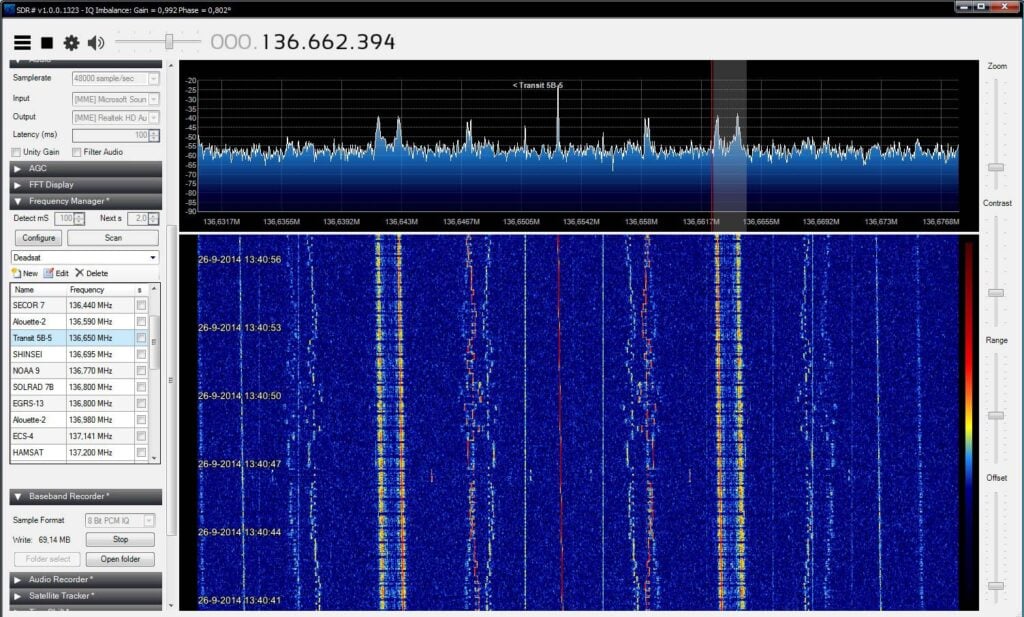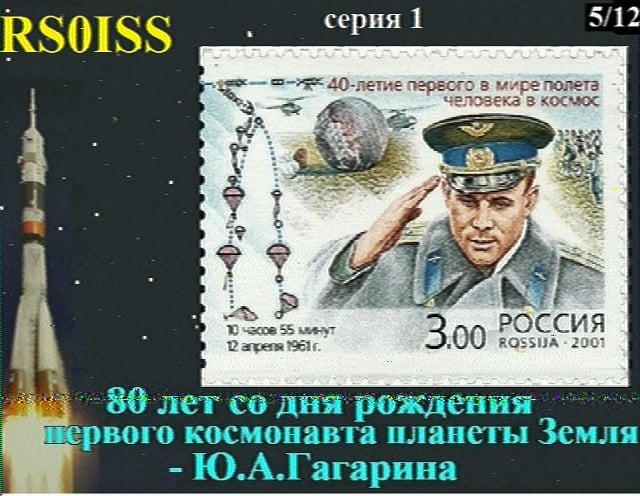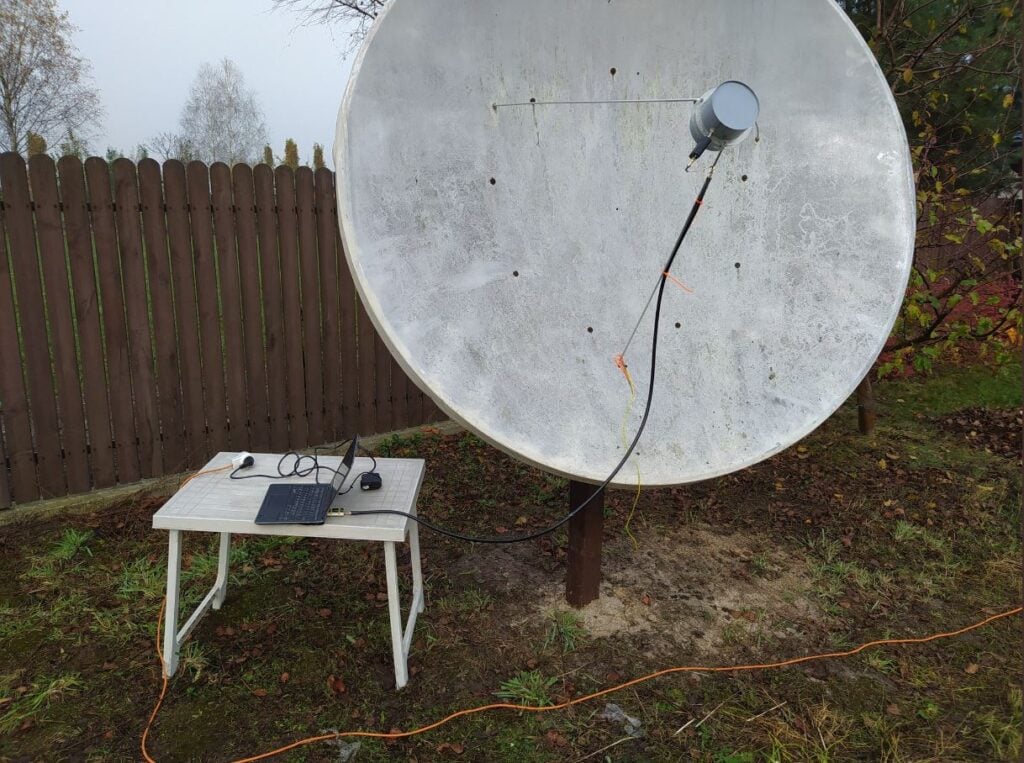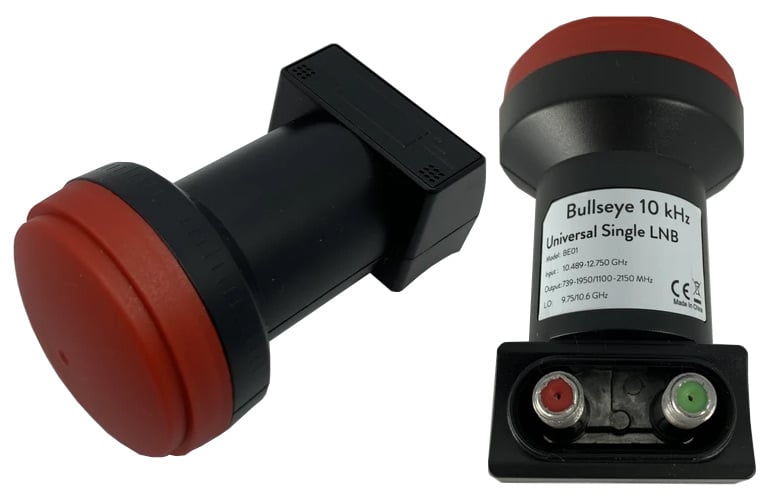Using SDR to Investigate Telemetry Still Broadcasting from 1960’s Satellite Transit-5B5
Thank you to Derek @ok9sgc for pointing us to some work Reddit user u/Xerbot has been doing on receiving telemetry coming down from a "dead" 1960's satellite called Transit-5B5. The fleet of Transit satellites was used for military navigation with the first launch in 1959 and the last in 1988. All in the fleet have since died apart from Transit-5B5 which continues to transmit telemetry at 137 MHz when receiving power from in the sun. Derek writes:
Turns out that the TRANSIT 5B-5 satellite's telemetry still has signs of some of the satellite's systems operating (albeit with a questionable reliability). The satellite represents an amazing legacy for all the people that worked on it in the 1950s and 60s, but due to its age it is also very difficult to find technical documentation about the telemetry (or I should rather say impossible), so to make sense of the data that's being broadcast by the satellite would require many people receiving, decoding, and comparing their results, mainly to identify any patterns in the satellite's behavior and the resulting demodulated data.
Derek and u/Xerbot are asking the SDR community to help collect more sample data, which might help in finding a way to decode some of the telemetry. If you have data to contribute, you can contact @ok9sgc on Twitter, and u/Xerbot on Reddit.
This reminds us of an old post from reader happysat where he demonstrated with an RTL-SDR that many "dead" satellites are actually still transmitting telemetry. Due to suspected chemical breakdown of the onboard batteries, the satellites tend to turn themselves on again when the solar panels receive sunlight.







